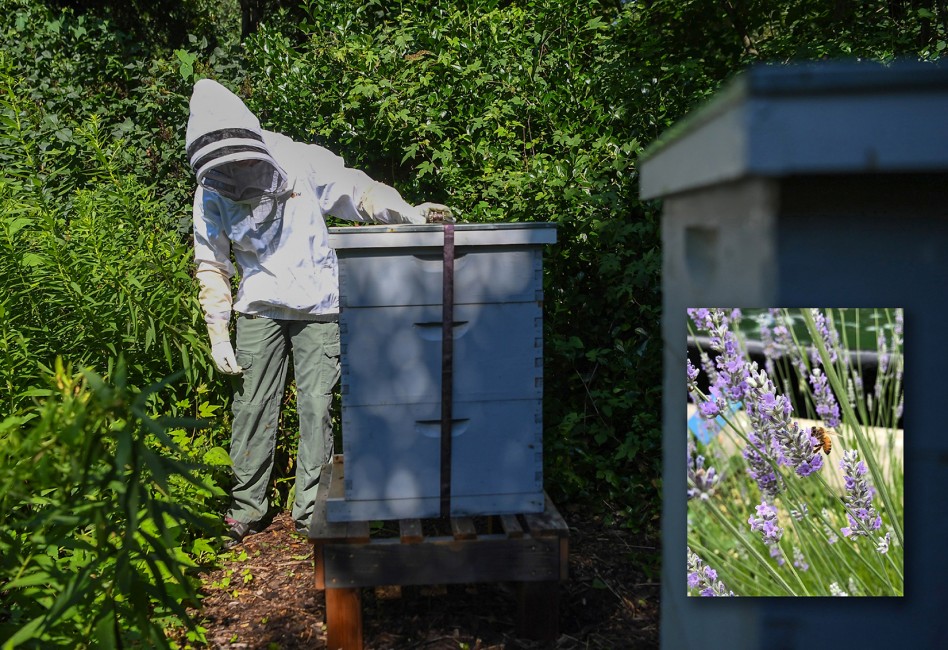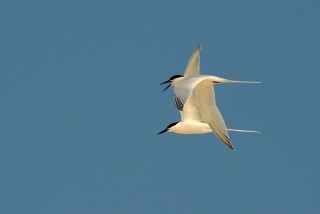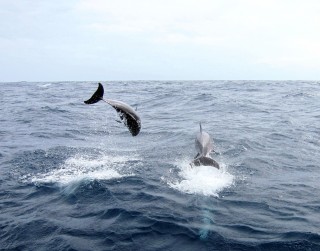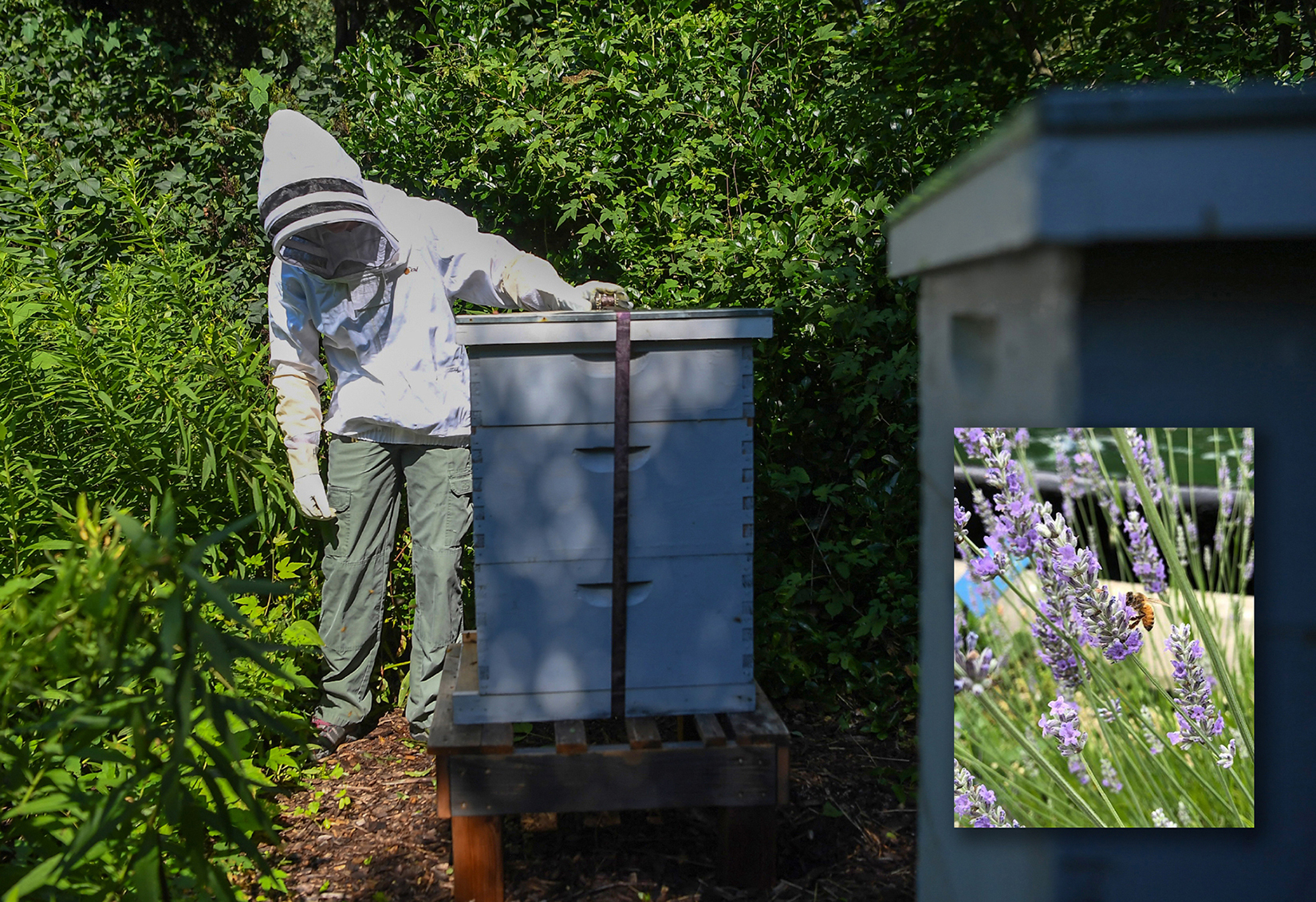
August 24, 2020
Honeybee Waggle Dance
- as seen by -
 Veronica Thomas
Veronica Thomas
This past spring, WCS’s Prospect Park Zoo became home to two hives of honeybees (above). The zoo has been working with The Honeybee Conservancy, which also works with bees at Central Park Zoo and Queens Zoo, to maintain these hives. Situated near the zoo’s butterfly garden, the hives are helping to raise awareness of the importance of healthy pollinator populations.
Honeybees can be seen foraging throughout the flower gardens at the zoo. The ability of honeybees to communicate about food sources has long fascinated scientists. One way bees convey the location of food is through a waggle dance, a series of specific body movements that informs the direction and distance of travel to reach valuable foraging sites. Karl von Frisch first described the waggle dance in the 1960s.
Honeybees also communicate about the nature of valuable food sources through scents and social interactions. Bees returning to the hive often smell like the flowers where they have been foraging, so bees within the hive learn to associate that specific scent with food. This association can be made both as returning bees feed nectar to bees in the hive and through non-food related social interactions. How waggle dances and scent communication interact to help bees locate food is still being researched by biologists.
The social behavior of honeybees is much more complex than many people expect. Even though zoo visitors cannot see these many behaviors in the hive, we hope the bees’ foraging activities around the zoo (above, inset) will inspire visitors to learn more about these amazing insects.
Nikon D5




Leave a Comment